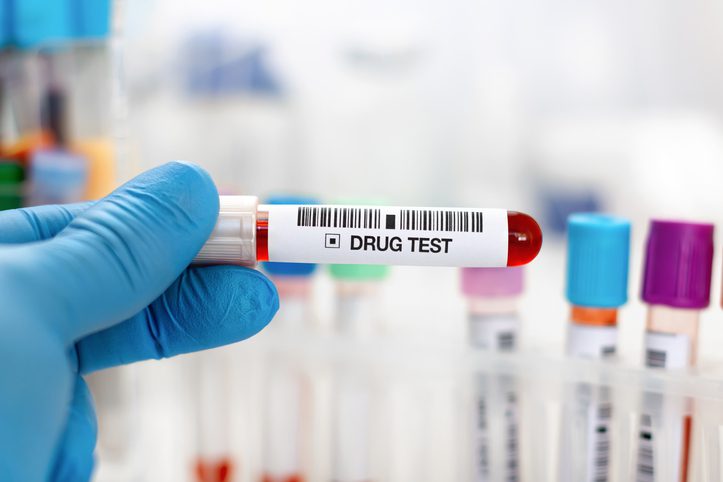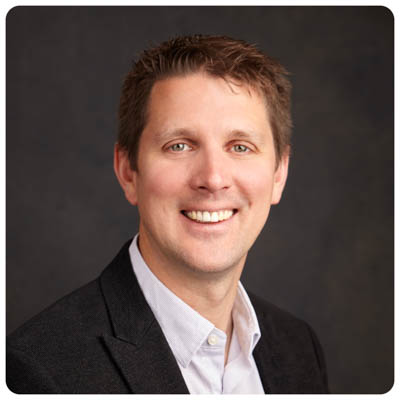Are “the top guys doping?” And, if they are, is there any hope of catching them?
USADA's Chief Science Officer points to huge breakthroughs on the anti-doping front

Prior to last year, you had to go back almost 20 years for a case when one of triathlon’s top stars was caught in a doping scandal. While there have been numerous cases of athletes who have tested positive, you have to go back to Nina Kraft, who was first across the line at the 2004 Ironman World Championship, but would test positive after the race for EPO. In 2023, though, we had two doping scandals – one involving a positive test and another involving a high-profile investigation.
Collin Chartier
In April, 2023 we learned that American Collin Chartier, who, after years of reasonable, but not earth shattering results, burst into the top echelons of the sport with a win at Ironman Mont-Tremblant and then, a few weeks later at the prestigious Professional Triathletes Organisation (PTO) US Open, tested positive for EPO.
Collin Chartier’s EPO case leaves us with more questions than answers
In a bizarre interview on the How they Train podcast after his positive test was revealed, Chartier said that he believed that the best athletes in the sport were doping.
“I really wanted to win this year and beat the best,” Chartier said. “At the end of the day, I don’t believe they’re clean and if I’m going to try to win, there’s no amount of self-belief I can have in myself if I believe the top guys are doping. I think it’s sad that I came to this decision. I have no evidence that the top guys are, it’s just the belief I had and what led me to dope.”
In the same podcast Chartier said that he was confident that the athletes he had at times trained with – Kristian Blummenfelt, Gustav Iden and Lionel Sanders (all arguably amongst the best in the world) – weren’t doping.
World champion admits to being investigated
Chartier’s case certainly created lots of controversy in the sport, but a series of social media posts from the winner of the 2023 Ironman World Championship in Nice, Sam Laidlow, took things to a new level. In this case there was no positive test, just posts from the Frenchman lashing out at “frustrated humans (who) have accused me of cheating the sport.”
Laidlow also said that an investigation had been started by the International Testing Agency (ITA) based on accusations from individuals and athletes who he said have “accused me several times with no evidence.”
Normally such investigations would remain anonymous. When we reached out to the ITA, they wouldn’t comment on Laidlow’s post, but were able to “confirm that the ITA receives on a regular basis through its confidential reporting platform REVEAL suspicions of doping or alleged anti-doping rule violations across the over 50 sports that the ITA oversees internationally.”
“Any information brought to our attention is thoroughly and carefully reviewed by our experts and handled confidentially in the pursuit of clean sport,” ITA Communication Senior Manager Marta Nawrocka continued. “As you will understand, the ITA cannot comment on the existence of or the status of any ongoing investigations, but we would like to assure the triathlon community that all information brought to our attention is meticulously assessed in full independence and always with the interests of the athletes to compete in a fair environment in mind. All allegations must be supported by sufficient verifiable evidence and be free from deliberate tarnishing, otherwise the presumption of innocence applies.”
Anti-doping measures … do they work?
It’s easy to be pessimistic about the anti-doping process, especially when you have athletes like Lance Armstrong talking about being able to beat the tests because of the timing of when he was taking drugs and the “half-life” of the drugs he was taking, as he did in an interview in December, 2023 (see link below). Or when World Athletics president Sebastian Coe says that “achieving a completely drug-free sport is unlikely due to the inherent risks and rewards associated with doping.”
There are lots of positive developments in the world of anti-doping, though, especially over the last decade, according to the U.S. Anti-Doping Agency’s Chief Science Officer, Dr. Matthew Fedoruk. He describes the “cat and mouse game” between scientists like himself and the athletes and their entourages who are doping.

According to Dr. Fedoruk, the development of the “biological passport,” which can track the various levels of substances in an athletes body over their careers has been a game changer, but that’s not all that’s developed in the testing process over the last decade.
“A good example, in addition to the passport, of how the science is keeping up is the increase of sensitivity of the testing over the last 10 years,” Dr. Fedoruk said. “We’ve seen roughly a thousand-fold increase in the ability to actually detect these prohibited substances in samples. With the advent of new instrumentation methodology we’re down to a trillionth of a gram of substance in a millilitre of urine. To put that in perspective, that’s like a few grains of sugar in an Olympic size swimming pool.”
In addition to the increased sensitivity, scientists are now able to go back and test older samples to test athletes up to years after they provided the blood samples thanks to the “discovery of metabolites that will remain in urine for longer periods of time,” he continued, which has led to “dozens of positive tests that were retrospective in nature.”
Lance Armstrong: EPO’s 4 hour half life meant he never tested positive
Due process
“Athletes are afforded due process in order to make sure that we are indeed bringing anti-doping violations against those that are doping,” Dr. Fedoruk said. “That biological passport acts as another tool to be used to do that.”
“The thing that keeps me up at night is the detection of some of these complex substances that our bodies produce naturally that as anti-doping authorities we need to be able to differentiate what is supposed to be there, what our bodies produce, and what might be synthetic in nature,” he continued. “In many instances the molecules are virtually identical in nature, so you have to have tests in place to be able to differentiate those two in addition to using the biological passport to alert you when the markers might be abnormal.”
Resources
While organizations like USADA are most focussed on elite athletes, Dr. Fedoruk believes that with some imagination and innovation “there’s the opportunity to be creative at the recreational and age group level.” He points out that USA Cycling has added a small fee to its annual membership to help pay for testing.
“Urine testing is the gold standard, but the question is do we need that level of testing at the age group level?” he asked. “Maybe we have the flexibility to implement things like dried blood spot testing or other types of testing that would analyze for a smaller subset of substances. I think as the science advances, the ability to use these innovative tools that maybe bring the cost down and allow us to apply tests to a wider range of athletes are coming through the pipeline.”
Education, transparency and accountability are key components to a successful anti-doping program, Dr. Fedoruk concludes. With that in mind, USADA posts the history of all the athletes it tests on its website. (Ironman 70.3 world champion and Olympic qualifier Taylor Knibb was tested 17 times by USADA last year.)
